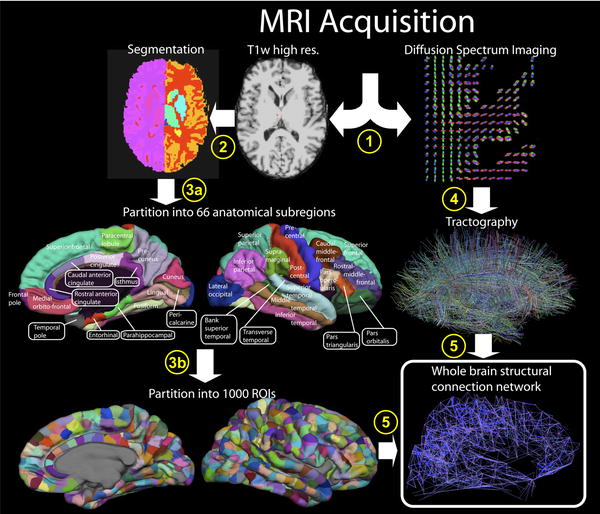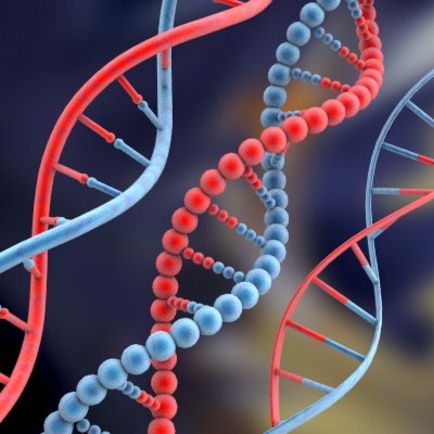Scientists in Portugal and France managed to follow the patterns of gene expression in food-poisoning bacteria Listeria monocytogenes (L. monocytogenes) live during infection for the first time. The work about to be published in PLoS Pathogens shows how the bacterial genome shifts to better adapt to infection by activating genes involved in virulence and subversion of the host defences, as well as adaptation to the host conditions.
Helicobacter pylori (H. pylori) infection is considered one of the most important risk factors for stomach (or gastric) cancer with as much as 65% of all cases linked back to the bacteria, although exactly how this occurs is not fully clear.
Portuguese scientists discovered a new molecular mechanism that allows gamma herpes viruses to chronically infect patients and helps to explain why these patients present an abnormally high incidence of the lymphocyte (or white blood cell) cancer lymphoma, particularly when their immune system is compromised.
The research, just published in the advance online edition of The Embo Journal, reveals how these viruses mimic the host molecular machinery to shutdown NF-kB –a key regulatory protein complex involved in cell division and death – on infected lymphocytes, and how this - probably by disrupting the cells normal regulatory systems - creates the conditions for the development of lymphomas.
The immune response can protect us from basically any invader but it can also create disease - like it happens in autoimmunity where it attacks the own body - so to understand its regulation is an important tool to assure its proper functioning. In a Nature Immunology article, scientists in Portugal study one of the least understood white blood cells subsets – the gamma delta T cells – and reveal that it is composed by two distinct functional groups that can be identified according to the expression of a molecule called CD27, which is also determinant deciding which subset dominates the immune response.
Scientists have discovered a mutation responsible for cancer progression, a finding with potential implications for the development of treatment against not one, but a series of cancer types, since this mutation can be linked to an abnormality recently discovered to exist in all malignancies. The discovery has just been published in Nature Genetics.(1)
Cooperation, despite being now considered the third force of evolution, just behind mutation and natural selection, is difficult to explain in the context of an evolutionary process based on competition between individuals and selfish behaviour. But this puzzle, that has haunted scientists for decades, is now a little closer to be solved by research about to be published on the journal Physical Review Letters.
 A New Target For Machado Joseph Disease Treatment
A New Target For Machado Joseph Disease Treatment Mechanism To Delay Aging Identified
Mechanism To Delay Aging Identified New Treatment For The "Iron Overload Disease"
New Treatment For The "Iron Overload Disease" Fluorescence Microscopy: New 2-D Images Can Detect Cancer Risk
Fluorescence Microscopy: New 2-D Images Can Detect Cancer Risk










